Why Non-Anesthetic Dentals Are Dangerous for Pets
The Importance of Proper Dental Care for Pets
Dental health is essential to your pet’s overall well-being. Poor oral hygiene can lead to painful infections, tooth loss, and even systemic health issues affecting the heart, liver, and kidneys. While some pet owners may seek out non-anesthetic dental cleanings as an alternative to professional veterinary dental care, these procedures are often ineffective and can pose serious risks to your pet.
At Oliver Animal Hospital in Austin, Texas, we prioritize safe, thorough, and effective dental care, ensuring your pet’s health and comfort. In this article, we’ll explore why anesthesia-free dental cleanings are dangerous, ineffective, and misleading, and why professional dental care under anesthesia is the gold standard for pet oral health.
What Are Non-Anesthetic Dentals?
Non-anesthetic dental cleanings (NADs) are marketed as a safer, lower-cost alternative to professional veterinary dental cleanings. These procedures typically involve manually scraping plaque and tartar off the visible surface of the teeth while the pet is awake.
However, this approach has significant limitations and risks, including:
- Lack of thorough cleaning – Only the visible portion of the teeth is addressed, leaving dangerous plaque and bacteria under the gumline.
- No dental X-rays – Many oral health issues occur beneath the surface, where they can’t be seen without imaging.
- Risk of stress and injury – Pets often resist dental procedures while awake, which can lead to trauma, anxiety, and incomplete cleanings.
Why Non-Anesthetic Dentals Are Dangerous
1. They Only Clean the Surface of the Teeth
A healthy mouth requires cleaning both above and below the gumline. Most dental disease occurs beneath the gums, where plaque and tartar accumulate, leading to:
- Gingivitis – Red, inflamed gums that can cause pain and bleeding.
- Periodontal disease – Infection and breakdown of the structures supporting the teeth.
- Tooth root abscesses – Painful infections that can lead to tooth loss.
Since non-anesthetic cleanings cannot reach below the gumline, they give the false appearance of a clean mouth while allowing dangerous bacteria to persist.
2. No Dental X-Rays = Hidden Problems
Many of the most severe dental conditions in pets are not visible to the naked eye. Without dental X-rays, veterinarians cannot detect:
- Tooth root infections
- Fractured teeth
- Bone loss from advanced periodontal disease
- Abscesses or tumors in the jaw
Skipping X-rays during a dental cleaning means serious problems can go unnoticed until they become painful and severe. Read more about why X-rays are necessary for pet dentistry on Preventive Vet.
3. Increased Stress and Potential Trauma
Picture this: You are a dog, dropped off with a stranger who is attempting to hold you extremely still while wielding a sharp metal tool in your mouth. Sound like potential chaos? Unlike humans, pets don’t understand why someone is scraping their teeth. This leads to:
- High stress and anxiety
- Struggling and movement during the procedure
- Increased risk of injury to the pet and handler
Even with restraint, most pets won’t stay still for a thorough cleaning, making NADs ineffective and stressful.
The Importance of Anesthesia for Dental Procedures
1. A Complete, Thorough Cleaning
Under general anesthesia, veterinarians can:
- Perform a deep cleaning above and below the gumline.
- Take full-mouth dental X-rays to check for hidden disease.
- Safely extract damaged, painful teeth.
- Provide comprehensive pain management before, during, and after the procedure.
For more on safe anesthesia and dental procedures, visit AAHA’s guide to pet dental cleaning.
2. Pain Management and Safety
Anesthesia allows pain-free procedures, reducing stress and ensuring:
- Continuous monitoring of heart rate, oxygen levels, and breathing.
- Customized anesthesia plans based on your pet’s health and needs.
- Multimodal pain relief, including nerve blocks and post-procedure medications.
A well-trained veterinary team ensures your pet remains safe and comfortable throughout the process.
Common Questions About Pet Dental Care
Is Anesthesia Safe for My Pet?
Yes! Modern anesthesia is extremely safe when performed by trained professionals. We assess your pet’s overall health and use advanced monitoring technology to minimize risks.
How Often Should My Pet Have a Dental Cleaning?
Most pets need professional dental cleanings once a year, but some may require more frequent care depending on:
- Breed (smaller breeds are more prone to dental disease)
- Age
- Pre-existing dental conditions
At Oliver Animal Hospital, we can determine the best dental care schedule for your pet during a wellness exam.
What Can I Do to Maintain My Pet’s Oral Health at Home?
In addition to professional cleanings, daily home care is key to preventing dental disease. The Colorado State University Veterinary Teaching Hospital offers a step-by-step guide on how to brush your pet’s teeth properly.
Additional at-home care includes:
- Dental chews and toys approved by the Veterinary Oral Health Council (VOHC)
- Prescription dental diets for pets prone to plaque buildup
- Routine oral exams at home to check for bad breath, red gums, or broken teeth
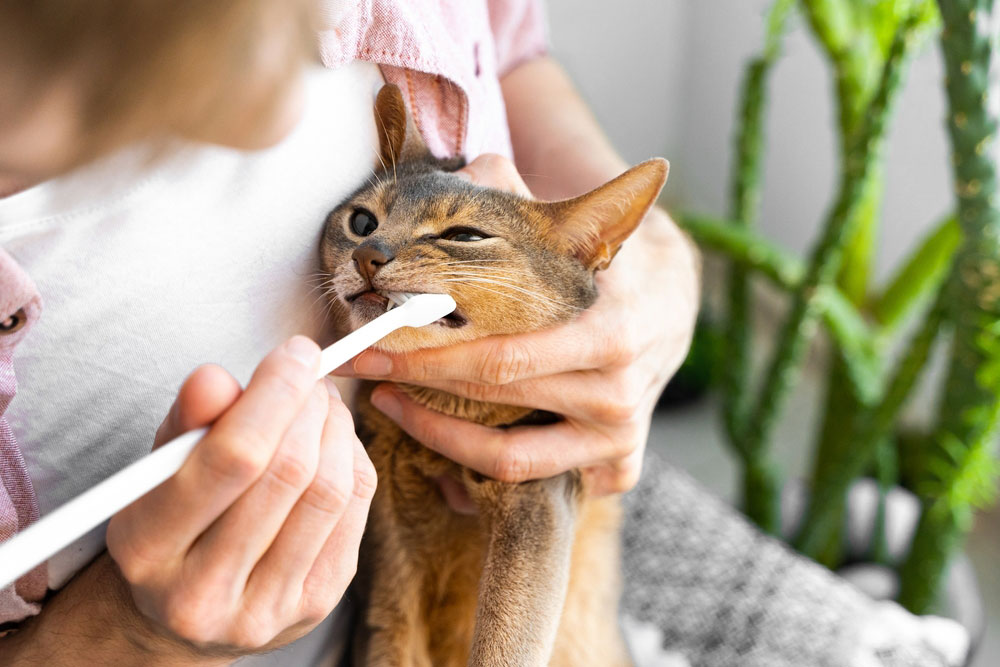
Trust Oliver Animal Hospital for Safe, Effective Pet Dentistry
Your pet’s oral health is too important to leave to ineffective and risky non-anesthetic cleanings. At Oliver Animal Hospital in Austin, TX, we offer:
- Comprehensive anesthetic dental cleanings
- Full-mouth X-rays to detect hidden disease
- Safe, monitored pain management
- Personalized home care recommendations
Schedule a dental consultation today: Contact Us
Meet our experienced veterinary team: Our Team


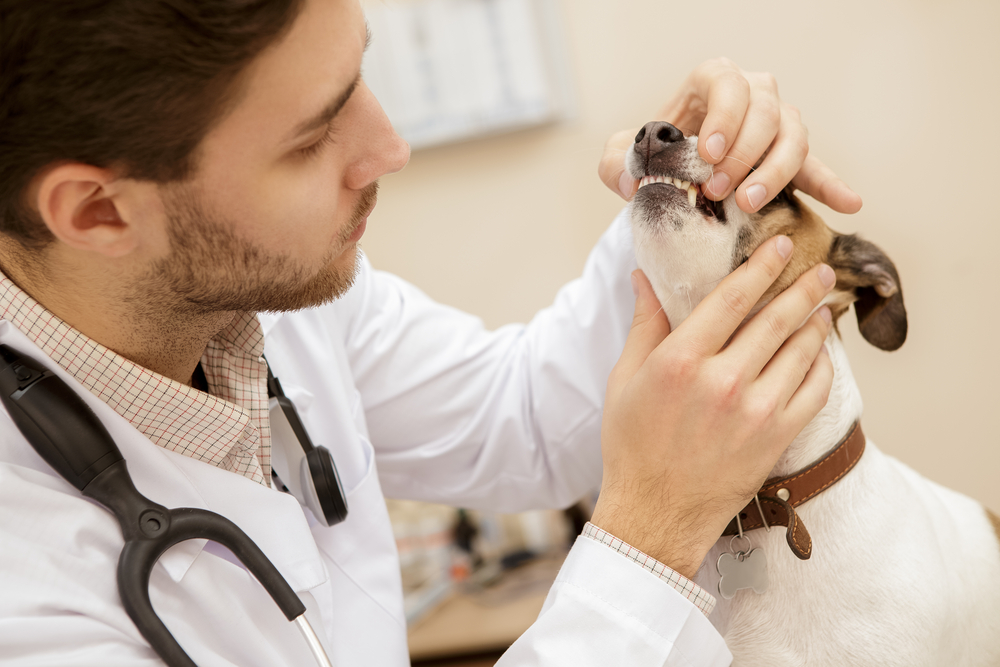
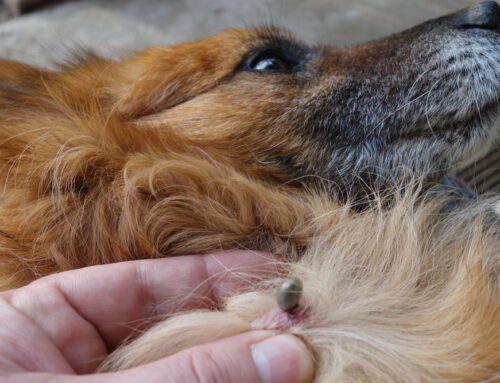
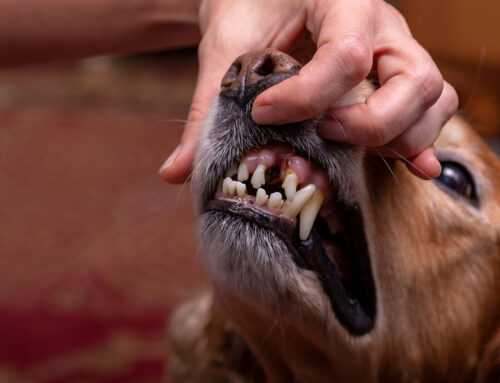
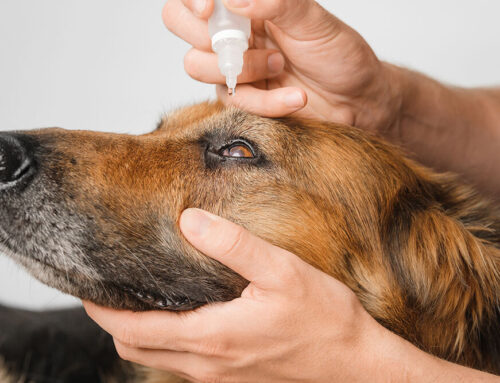
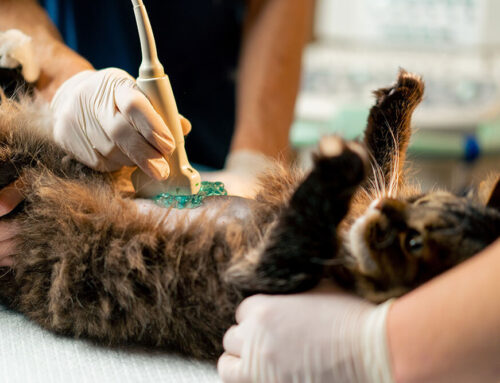
Leave A Comment